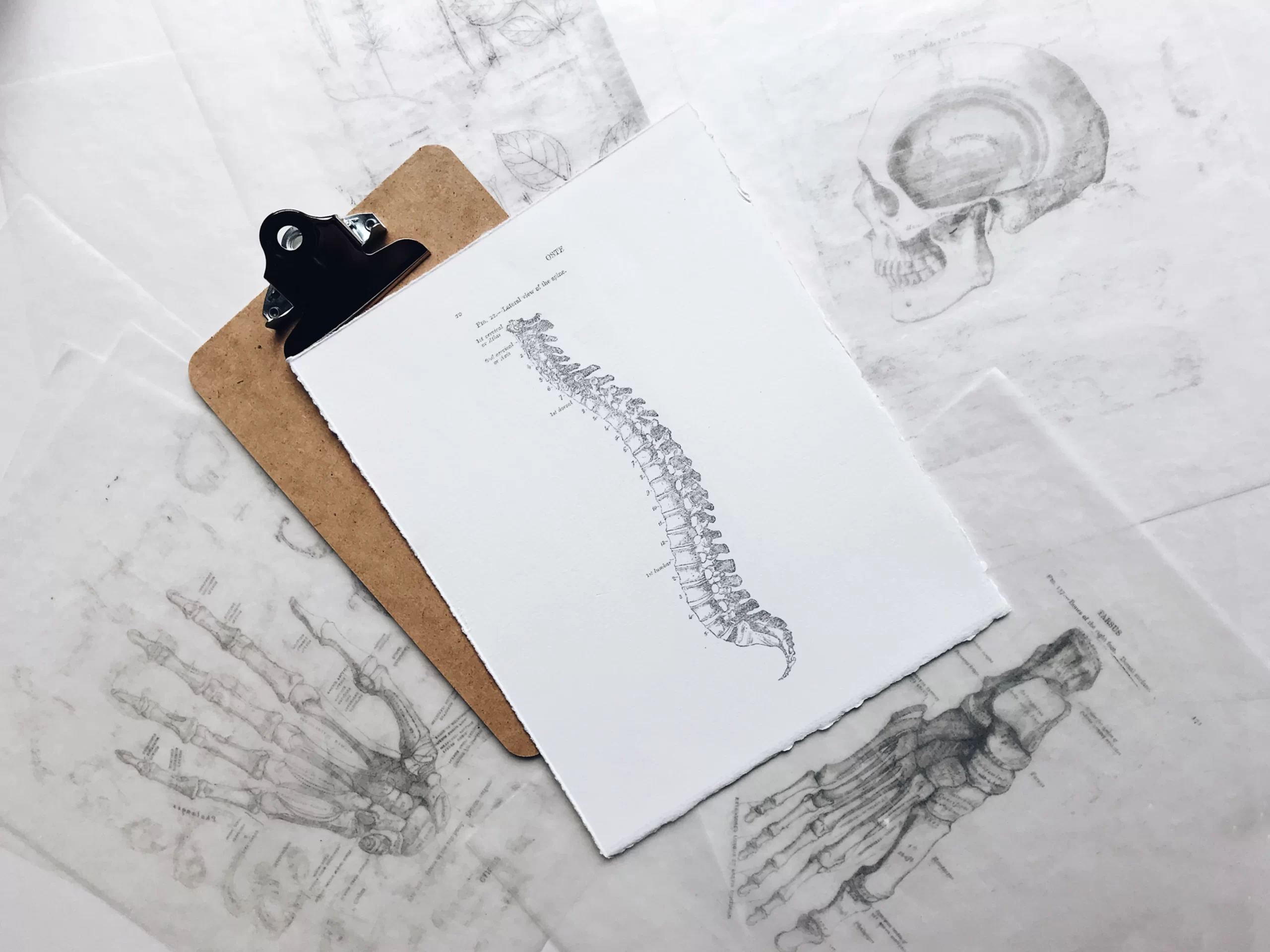Could your persistent low back pain be connected to your pelvic floor?
Do you suffer from low back pain that does not seem to go away despite your efforts to find relief?
According to the National Institutes of Health (NIH), more than 31 million people suffer from chronic lower back pain, and about 80 percent of all adults experience lower back pain at some point in their lifetime. About 25 percent of adult women suffer with pelvic floor dysfunction (PFD) issues such as incontinence, pelvic organ prolapse, and pelvic pain. As women age, this ratio increases. Recent research has also shown that of women with low back pain more than 95% had pelvic floor dysfunction as well. This included pelvic tenderness (71%), weakness (66%) and even pelvic organ prolapse (41%). Other research has tied low back pain to urinary incontinence, with nearly 80% of women with chronic back pain reporting at least occasional incontinence.

How can my low back pain be related to my pelvic floor? Good Question! The pelvic floor is a group, or hammock, of muscles that extends from the front of the pelvis to the coccyx or tail bone in the back. They are the muscles that hold your pelvic organs — including your bladder, uterus, and rectum — in place. A major role of the pelvic floor is to help stabilize the core and lower back. Many people assume that core muscles are only made up of the abdominal muscles. However, our core can be thought of like a house, it is made up of four walls: the abdominals in the front, the paraspinal muscles in the back, the breathing diaphragm as the roof, and the pelvic floor as the basement. If there is dysfunction in any one of these areas, it can affect the entire pelvic floor, causing weakness, pain, and even injury.
Back pain and pelvic floor dysfunction (PFD) are so closely related because all the muscles that support the pelvic floor must also work to support and protect the spine. When the back is in pain, the pelvic floor muscles may tighten to try and protect the sensitive area. This can overwork the pelvic floor, causing tender points, tightness, and muscular fatigue.
The alternative may also be true. Weakness in the pelvic floor may lead due to decreased core function, strength and stability in the back. Studies have shown that people with lower back pain tend to have significantly lower pelvic floor muscle function compared to those without lower back pain. Those most at risk for PFD are athletes, prenatal and postpartum women, people who have had a pelvic or back surgery, and men who have had prostate surgery.

